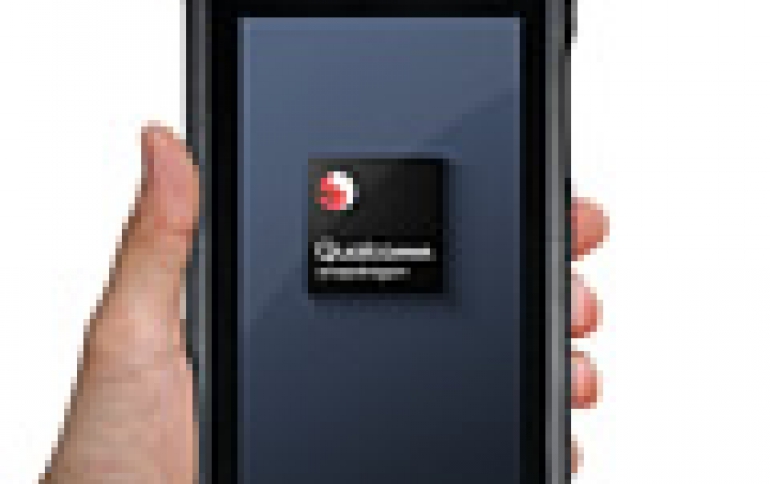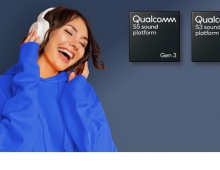
Qualcomm and Ericsson Conduct 3GPP-compliant 5G NR mmWave OTA Call with a Mobile Form Factor Device
Qualcomm Technologies and Ericsson announced the successful completion of a 3GPP Rel-15 spec compliant 5G NR call on a smartphone form factor mobile test device.
The over-the-air (OTA) call was performed using millimeter wave (mmWave) in the 39 GHz band of spectrum using NSA (Non-Standalone) mode. It utilized Ericsson's commercial 5G NR radio AIR 5331 and baseband products and a mobile test device with integrated Qualcomm Snapdragon X50 5G modem and RF subsystem in the Ericsson Lab in Kista, Sweden.
The lab data call is a continuation of the interoperability development testing (IODT) that was announced in 2017 which used Ericsson's 5G NR pre-commercial base stations and Qualcomm Technologies' 5G NR UE prototypes. These early trials and milestones will enable global operators and OEMs to conduct tests in the field using their own networks and devices.
"Mobilizing mmWave for the smartphone has been seen by many as an impossible challenge, but this demonstration validates that we are on track to bring groundbreaking 5G mmWave experiences to consumers," says Cristiano Amon, President, Qualcomm Incorporated. "This successful lab call is a testament to our continued innovation and collaboration with Ericsson, and we look forward to further industry-leading milestones with them as we progress to 5G commercialization of networks and mobile devices in early 2019."
mmWave Debate
Engineers are racing to deliver the first smartphones supporting 5G networks, mainly targeting frequencies below 6 GHz. But RF experts are not sure whether any of the first batch of devices will support the standard's millimeter-wave bands.
Most carriers support frequencies spanning 600 MHz to 28 GHz. As a result, an optimized 5G world phone could be years away.
First-generation handsets will probably target specific regions with devices that may be slightly larger or have shorter battery lives than last year's LTE models. Price tags may inch up to stay in line with bills of materials estimated to increase 10% to 30% just for RF front-end components.
In addition, while many countries will support 5G in 100-MHz swaths in the 3.5-GHz band, that band won't be available in the U.S. until sometime next year. Even then, the U.S. spectrum is expected to be at much smaller bandwidths. In the U.S., T-Mobile is launching a network in a 600-MHz band that it has available while Sprint will use 2.5 GHz. Verizon also says that that it will use mmWave bands for smartphones next year.
Millimeter-wave technology has a lot of challenges. It requires many
antennas in order to have gain, compensating for path loss. On the other hand, the higher data rates can make up for higher power consumption.
Other challenges include creating novel filters, power amplifiers, and phase shifters suitable for mmWaves as well as combining signals from multiple antennas to form and point directional beams. In addition, handsets need to place antennas away from metal circuit boards and deal with hands obstructing signals.
Broadcom, Qorvo, and Skyworks have no immediate product plans for mmWave components.
5G handsets will start emerging over the next several months. Sprint has announced that LG Electronics will provide it a 5G smartphone before June. But whether the handsets ride mmWave frequencies remains to be seen.





















